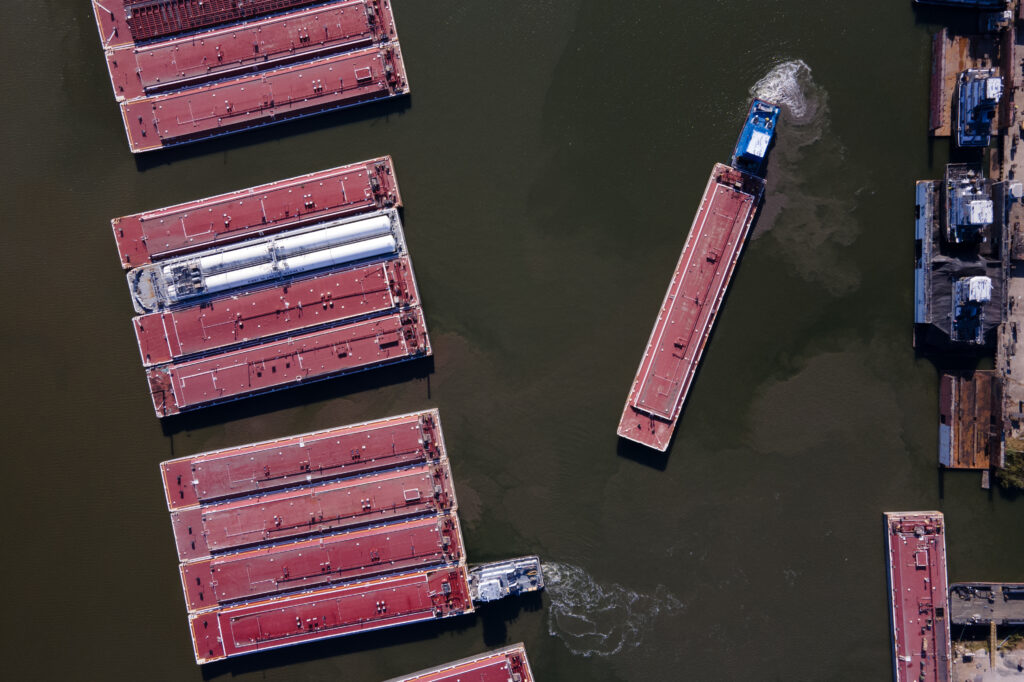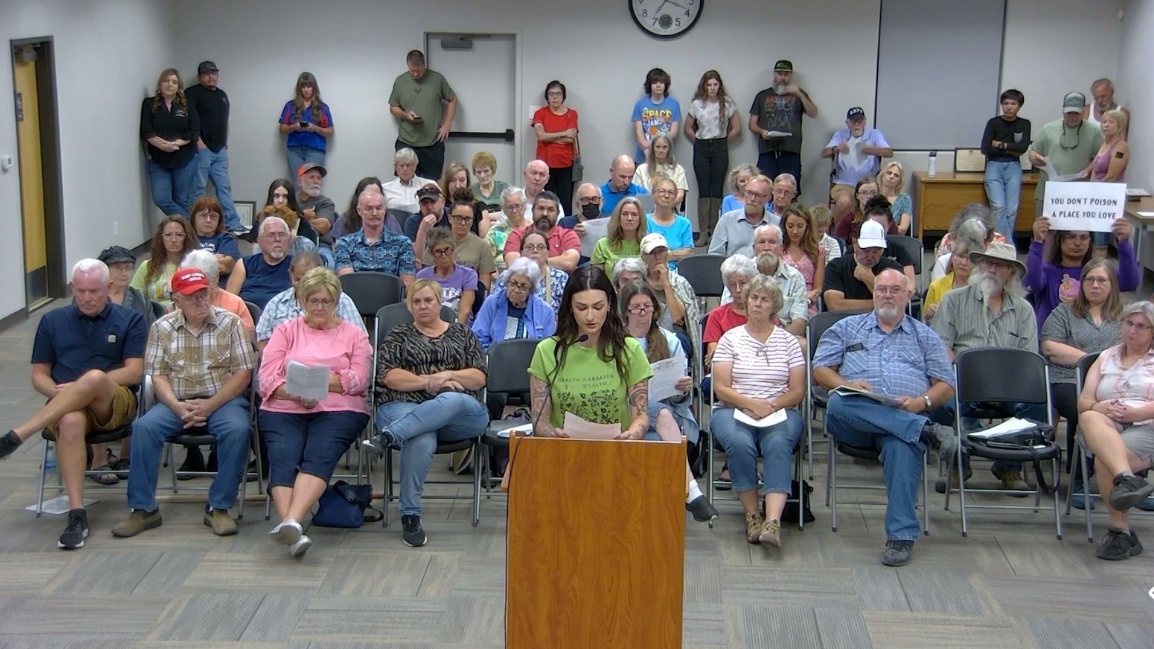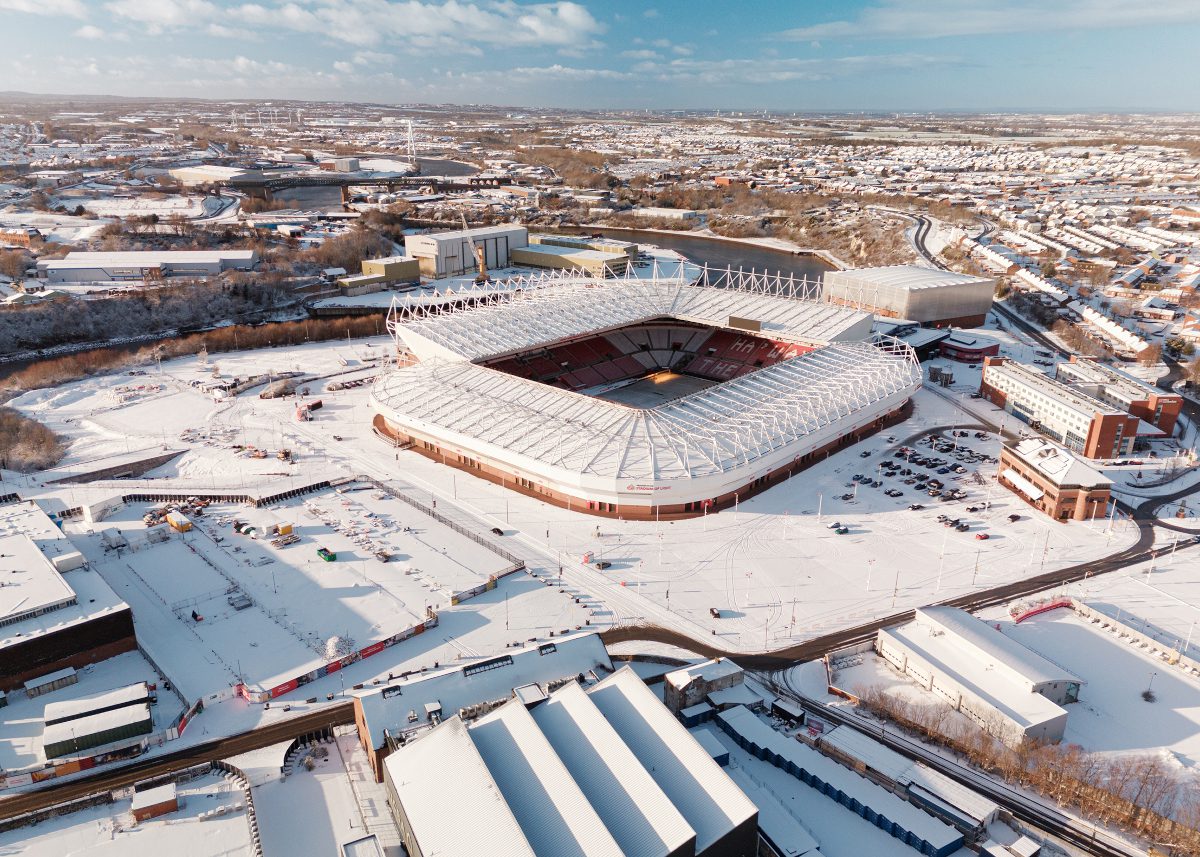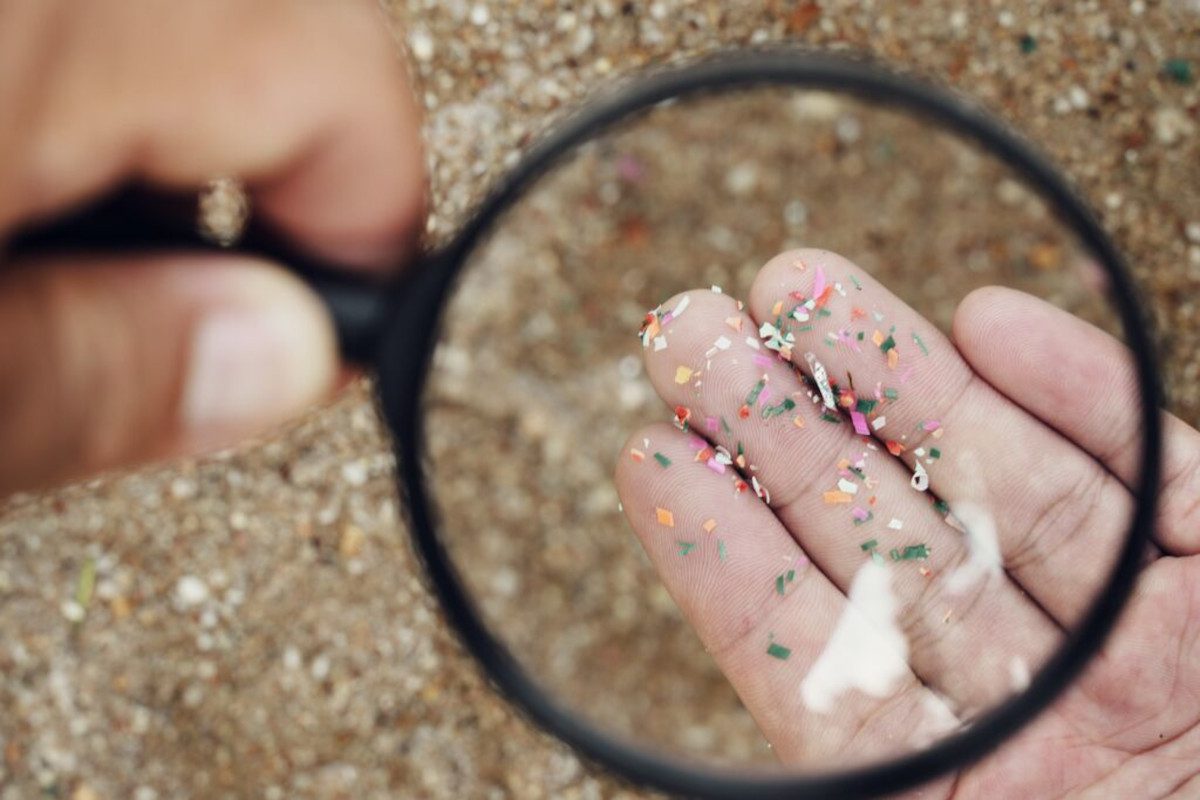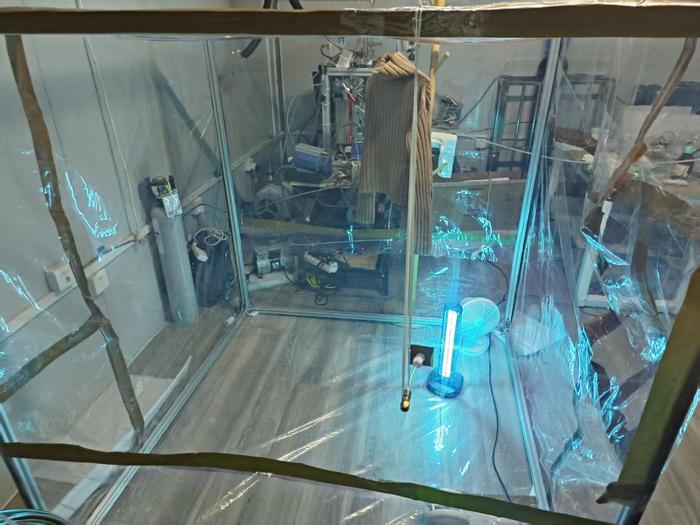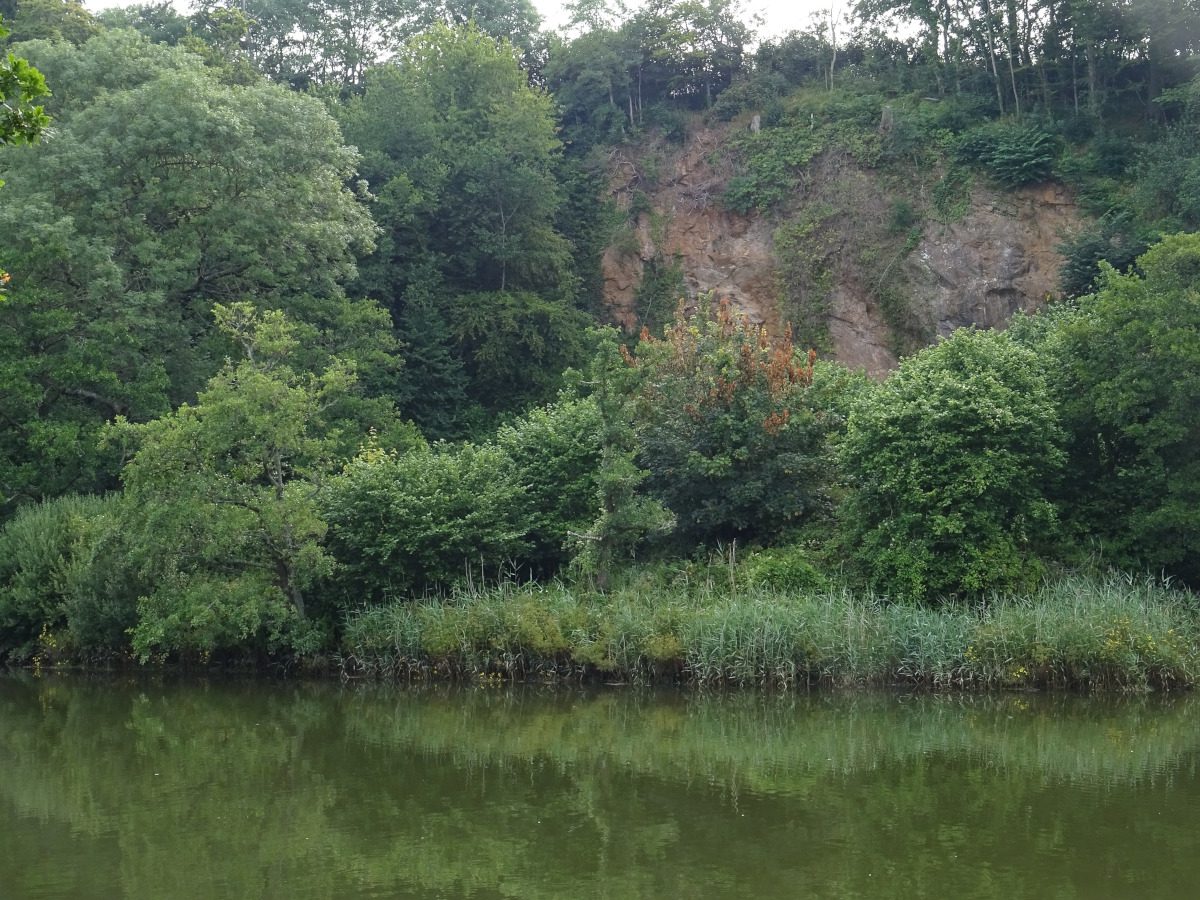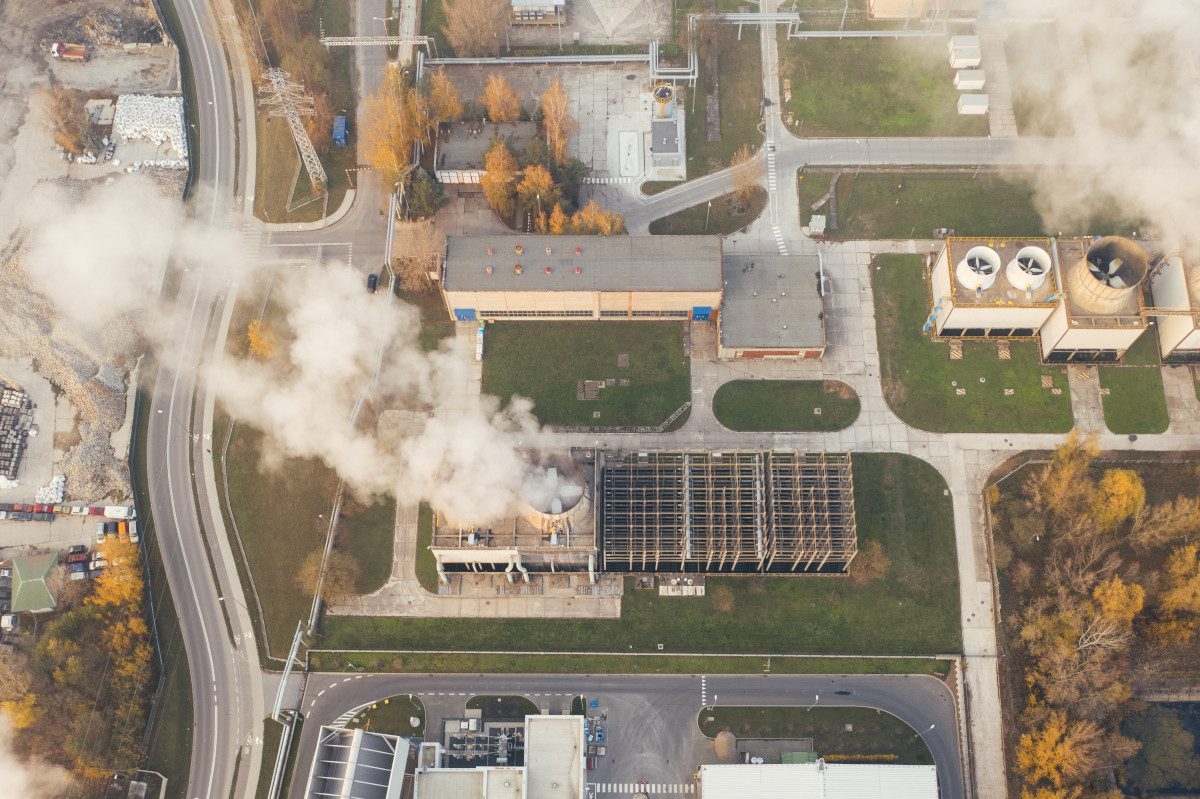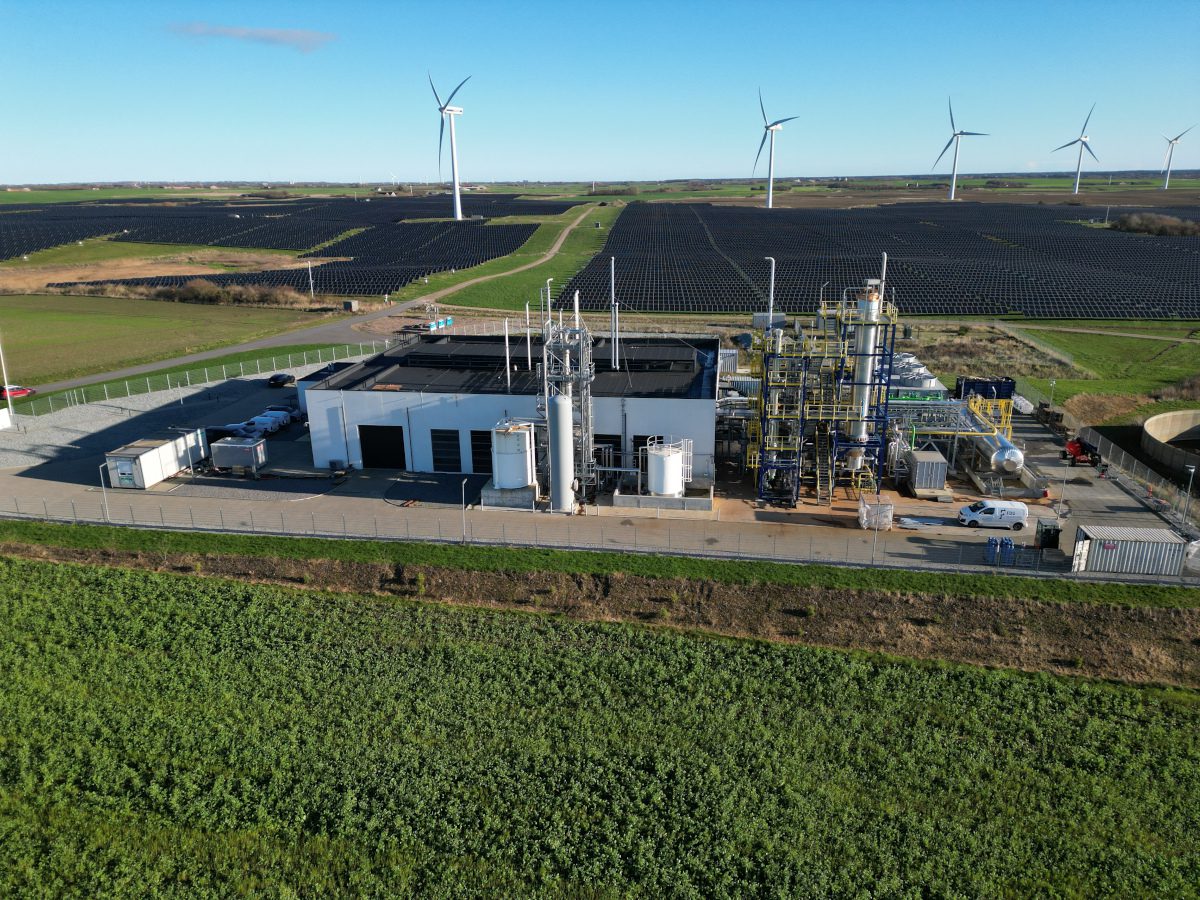In 1971, scientists gathered at a symposium to examine the practice of getting rid of oil and gas wastewater by injecting it into porous rock formations deep underground. Called injection wells, they are now widely used by the industry to dispose of the liquid byproducts when an oil or gas well is drilled, which can contain salts, metals and radioactive elements. At the conference, experts speculated about the long-term consequences for the earth and human health.
“Where will the waste reside 100 years from now?” one petroleum geologist asked. “We may just be opening up a Pandora’s box. Like ripples in a pond, the great question is how does man stop the process he has begun?”
This moment is described in journalist Justin Nobel’s new book, “Petroleum-238: Big Oil’s Dangerous Secret and the Grassroots Fight to Stop It,” an in-depth look at the environmental and public health challenges of oil and gas waste disposal in the United States. The geologist’s question lies at the heart of Nobel’s investigation.
What to do with the toxic and often radioactive waste created by drilling is a problem so large and untenable that one of Nobel’s sources calls it “the secret of the century.” Despite the scale of the problem—the American Petroleum Institute has estimated that the industry generates 18 billion barrels of waste fluids every year—it’s an issue that has escaped public scrutiny for decades.
Explore the latest news about what’s at stake for the climate during this election season.
And because oil and gas waste is exempted from hazardous waste regulations under the Resource Conservation and Recovery Act, it has also largely escaped regulatory scrutiny. (Another source in the book refers to the waste disposal situation in Pennsylvania as “the wild west” because of the lack of oversight.)
Injection wells, once seen as a flawed short-term solution, now account for 96 percent of the oil and gas industry’s wastewater disposal, Nobel said. “If you kept out all the injection wells,” he said, “you would actually shut this industry down because they couldn’t operate without them.”
Nobel spoke with Inside Climate News about his experiences interviewing workers, scientists, advocates and residents about oil and gas waste; the methods for disposal that have been used historically and those that are still being used now; and how the industry is changing the way it deals with waste.
This interview has been lightly edited for length and clarity.
Can you talk about injection wells and the problems with them?
Injection wells are the linchpin of the entire oil and gas industry. There was this time period in the 1960s when the United States had a lot of environmental problems that had really come to the surface. Waste was being dumped in rivers, air was choked with smog, and some of our greatest environmental laws came out of that era, like the Clean Water Act and the Clean Air Act. Now, one ramification of the Clean Water Act is that it stopped dumping directly into the ocean and rivers, and the act was largely successful. As discharges into the surface water, meaning rivers and creeks, dropped, we saw this exponential rise in injection wells. We just started injecting the waste underground [instead].
Injection has never really made intuitive sense to me, and I never received good answers from the regulatory agencies on how they worked and why they were safe, and the book gave me an opportunity to go deep on that issue. Indeed, I found some amazing early industry and government documents that supported this idea that there’s just no scientific grounding to the idea that you can inject endless truckloads of waste underground.
It’s actually deeply alarming, and it deeply alarmed some of our best scientists in the early 1970s as the practice was being developed. And yet, there are about 181,000 oil and gas wastewater injection wells across the United States. That’s 11 for every Starbucks.
Even the Environmental Protection Agency knew early on it was questionable. There’s a great quote in the book where they say that injection wells should only be used as a short-term fix, and we should not rely on this as a waste disposal process. Yet we absolutely rely on it as a waste disposal process.


Is this a practice that has accelerated with the 21st century fracking boom?
Oilfield brine and a means of disposing of it has been a problem since the beginning of the industry, and the more wells you drill, the more brine you have. But with fracking, you’ve introduced a couple of new problems, and one of them is you’ve added a new waste stream. Some of the water, sand and chemicals used in the frack job resurfaces after the well comes online. The chemical constituency of that waste stream is different than brine, and that’s referred to as flowback. It can be really nasty, because it does contain some of the materials used in the frack, and some of these materials are really toxic chemicals.
For the workers who have to haul the flowback off, it’s a very sloppy process when it first comes up, and they have to trap it in a kind of a jerry-rigged assortment of tanks. That [material] also is going to go to injection wells. One concern is that you’re mixing this unknown chemical cocktail. Be reminded that the nature of these chemicals are to break apart rock. That’s why they’re used in the fracking job. They’re used to make rocks more slippery and crack the rock and enable oil and gas to flow out of these difficult-to-access formations. You’re now going to put them back into the earth, mixed in with oilfield brine, which has elevated levels of heavy metals and radioactive metals. As workers have told me, “We don’t just haul brine off the well. We haul whatever the hell will fit in my truck off the well.” So there’s all sorts of other chemicals, acids and other really concerning materials that are being mixed together in an unknown way, in an unstudied way, and then put down injection wells. You’ve just got this tsunami of waste.
What are some of the specific impacts of injection wells?
There was a conference in 1971 on underground waste management in Houston, Texas, between the USGS [U.S. Geological Survey] and the American Association of Petroleum Geologists. Earthquakes were talked about in detail at that conference. They were concerned that injecting at pressure so much material was going to create fractures or invigorate fractures already existing in the rocks and lead to earthquakes. That has been well documented by the USGS [since], and still injection wells go forward. They do cause earthquakes now, and a lot of scientists I spoke to conveyed to me that they thought that was going to stop [the use of injection wells], but it hasn’t.
The other issue is the waste leaking out. John Ferris, a U.S. Geological Survey research hydrologist, explains that “impermeable is never an absolute. All rocks are permeable to some degree,” so that immediately disintegrates EPA’s defense of injection wells that we’re injecting into this target zone that can hold the waste. Ferris says the idea that any rock layer could act as a cork to seal off the waste is simply wrong. He says, “Waste will always and inevitably escape the injection zone and engulf everything in its inexorable migration toward the discharge boundaries of the flow system.”
What he’s saying is that the waste is always leaking. We do not have an underground storage locker below ground. We have this environment in which you have injected this bulb of waste and it’s slowly expanding out. Initially it may actually push other things occupying that pore space down there out of the way, such as water, which is often what occupies porous layers underground. A farmer’s well or a spring on the side of the hill may actually flow even more copiously with fresh water. What’s happening is there’s this bulb of waste underground, pushing the water at pressure, creating that pressure that allows the spring to flow faster.
Ferris also leads us to where we can see contamination, places where you have these conduits that connect the subsurface environment to the surface, and that’s exactly what an oil and gas well is. These are the straws, essentially, that connect the underground to the above ground. This is what we see in Ohio. Fracking wastewater from injection wells has moved through the subterranean environment for many miles, in some instances, and then followed gas wells back to the surface and actually is spouting out at the surface at pressure, fountaining out at these wells. It’s amazing: In real time, we’re seeing the science that John Ferris laid out in the 1970s play out. Not only does that create a contamination issue at the surface, that actually contaminates conventional gas wells. This is the snake eating itself. There’s this weird kind of loop where they’ve contaminated themselves.
So injection wells are one of the primary places that oil and gas waste ends up. What are some of the other places that it ends up?
The industry is trying to pivot now toward the treatment of oilfield waste and especially oilfield wastewater, the brine and the flowback. The problem with treatment is that oilfield brine, despite being naturally occurring, has a really complicated geochemical signature. It has really high levels of salts. It has elevated levels of heavy metals. It has hydrocarbon residuals. It has radioactive heavy metals at elevated levels. If you remove them, you are concentrating them. To pull the radium and heavy metals out of the oilfield brine means to create a concentration of those things at an even greater level than was in the brine.
Oilfield waste treatment centers are a place of deep concern. When I started to speak to the workers who are working at these facilities, it was like a thousand-alarm fire. These guys are very well meaning and often very kind. They are very entrepreneurial, but they do not have a firm understanding of some of the complexities of oilfield brine and know virtually nothing about radiation. It’s really hard to pull things out of the brine, and it’s technically challenging.
There’s a huge economic incentive. The industry wants to get rid of this waste. But these facilities set up to treat it are not appropriately informed, and they have typically failed within months. Even the ones that have been set up with huge amounts of funding have failed within years. When they fail, they often leave behind these deeply contaminated sites.
I finally got to see up close what that looks like when I visited the Fairmont brine processing site in Fairmont, West Virginia. This was an oilfield waste treatment facility. It came online with a lot of gusto. The president of the company even went around giving talks about how great they were. And yet, the site is a radiological disaster. It’s now abandoned, and there’s radioactive sludge sitting in bins and tanks and pools and also scattered across the property. Because the site was completely open, I was able to visit with a former Department of Energy scientist. We took samples and they were formally tested at a radiation analysis lab in Oak Ridge, Tennessee. It was just wildly contaminated.
The worst thing was it had become a party spot for local kids. I just spoke with someone who lives next to that site, and they said the kids used to have these huge bonfires, and there’s beer cans and used condoms all over the place. These kids were literally partying in radioactive waste.
Then I got to the workers, and the story gets even darker, because two workers from that facility have died of cancer, and they just tell this terrible story of working in contamination. And yet they were proud. They were told they were greening the industry. They were told that they were helping to treat and clean oil field wastewater, they were making the oil and gas industry better, and they were proud of that job, and yet were completely deceived.
When I see things like the recent article on pulling lithium out of Marcellus wastewater, and no mention of all the facilities that have tried to “treat Marcellus wastewater” and utterly failed, my hackles really go up. I’m so disappointed that Nature published that paper without any analysis of how other people have tried to do what that paper is suggesting and contaminated communities and the industry’s workers too.
Could you talk about reuses of oil and gas waste, like road spreading for dust suppression, which has been used in Pennsylvania and elsewhere, or where waste has been spread on croplands or pastures, like you describe happening in Oklahoma?
The best way to deal with a waste stream is to do this little magic trick and turn the words around and call it a product. The industry has done that time and again, and it sounds crazy to talk through it, but that is what’s happening with the spreading of oilfield brine on roads, for example.
It’s conventional oilfield brine that has historically been allowed to be spread on roads, not brine from fracking. And yet, conventional brine still has dangerous volatile organics, like benzene. It still has radioactive heavy metals, like radium. But this has been a wonderful way for the oil and gas industry to get rid of this really concerning and copious waste stream.
You need the public’s acceptance to be able to do something like that, and the way they’ve been able to do that with brine spreading is to take advantage of a vulnerability in a lot of small towns and townships in northern and Midwestern states. For them, snow and ice removal and dust suppression is a significant cost. It may be the biggest cost for some communities. Someone coming to you and saying, “Hey, we got this thing. It will do what you’re doing. It might even do it better, and it’s free”—that is really difficult to turn down, especially if it’s being told to you by someone you trust. It’s become part of the culture in the Northeast and Midwest to spread oilfield wastewater on roads in an attempt to reduce snow and ice and also suppress dust, and when it becomes part of the culture, it’s really hard to combat.
Environmental organizers and public health advocacy groups have been effective at trying to raise the alarm bell on this practice, but they’re going up against a lot. In Oklahoma, they’re going up against an impenetrable force, because the practice of turning oilfield waste into products is so pervasive that people are actually desirous of oilfield waste. They claim that it’s great for crops to spread drilling waste on farmland. They claim that they want to make their paths at their high school out of drilling waste, because they’re helping the industry and helping America and and they’re honored to do that.
This story is funded by readers like you.
Our nonprofit newsroom provides award-winning climate coverage free of charge and advertising. We rely on donations from readers like you to keep going. Please donate now to support our work.
Donate Now
What are the greatest dangers that oil and gas waste poses to the public and to workers?
Oil and gas development brings up this incredible amount of waste, and when I say waste, I’m referring to naturally occurring things from deep within the earth. But it so happens that oil and gas development brings up a really worrisome cast of characters when it comes to contaminants. One of them is benzene; lead and arsenic are others. But radium, this radioactive metal, is particularly concerning. And radium is elevated in brine and other oilfield waste streams. It’s a radioactive element, so when it decays or blasts off radiation, it’s going to become something else, and the elements that radium decays to are also radioactive, and some of them have other concerning properties. Radium decays to radon, a radioactive gas. Radon has its own worrisome radioactive pathways, and radon will decay to different forms of radioactive polonium and radioactive lead.
When you treat oilfield waste, you end up concentrating these elements, and that is one important pathway of exposure. The workers at those facilities absolutely are receiving exposures. They are uninformed and unprotected, typically.
The problem with spreading oilfield wastewater on roads or dumping drilling waste onto pasture land is that we are actually enabling this waste to get into the public sphere. We’re intentionally doing it. You are invariably enabling people to be exposed to more radium, to more radioactive lead, to more radon, to more polonium. What that means for communities—that remains an unanswered question, but you are elevating the level of radioactivity at the surface, and that is indisputable.
If you want to keep the world safe, it seems odd to intentionally be elevating the level of some of these really dangerous contaminants and also crafting ways to intentionally put it into intimate contact with human beings.






